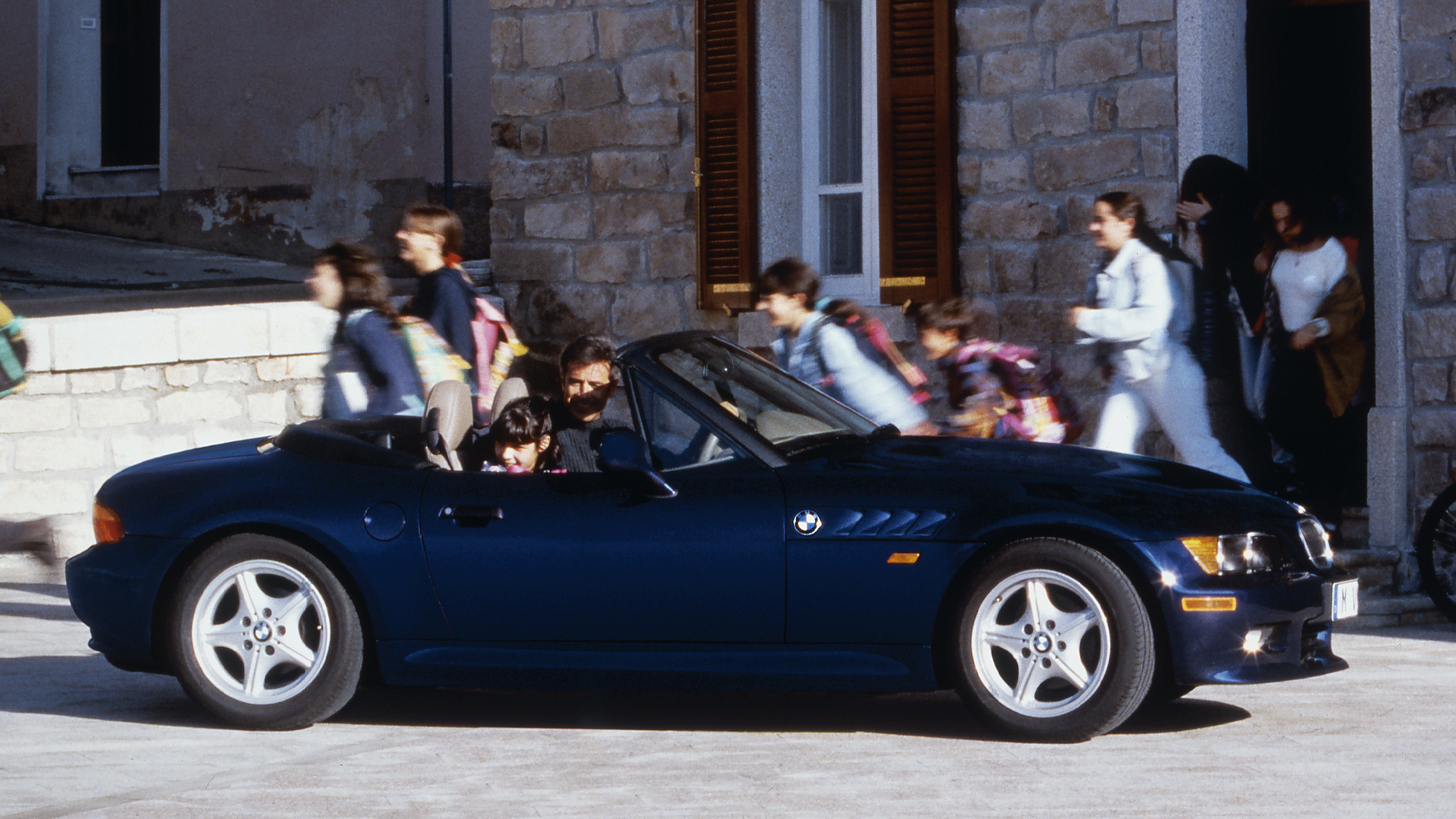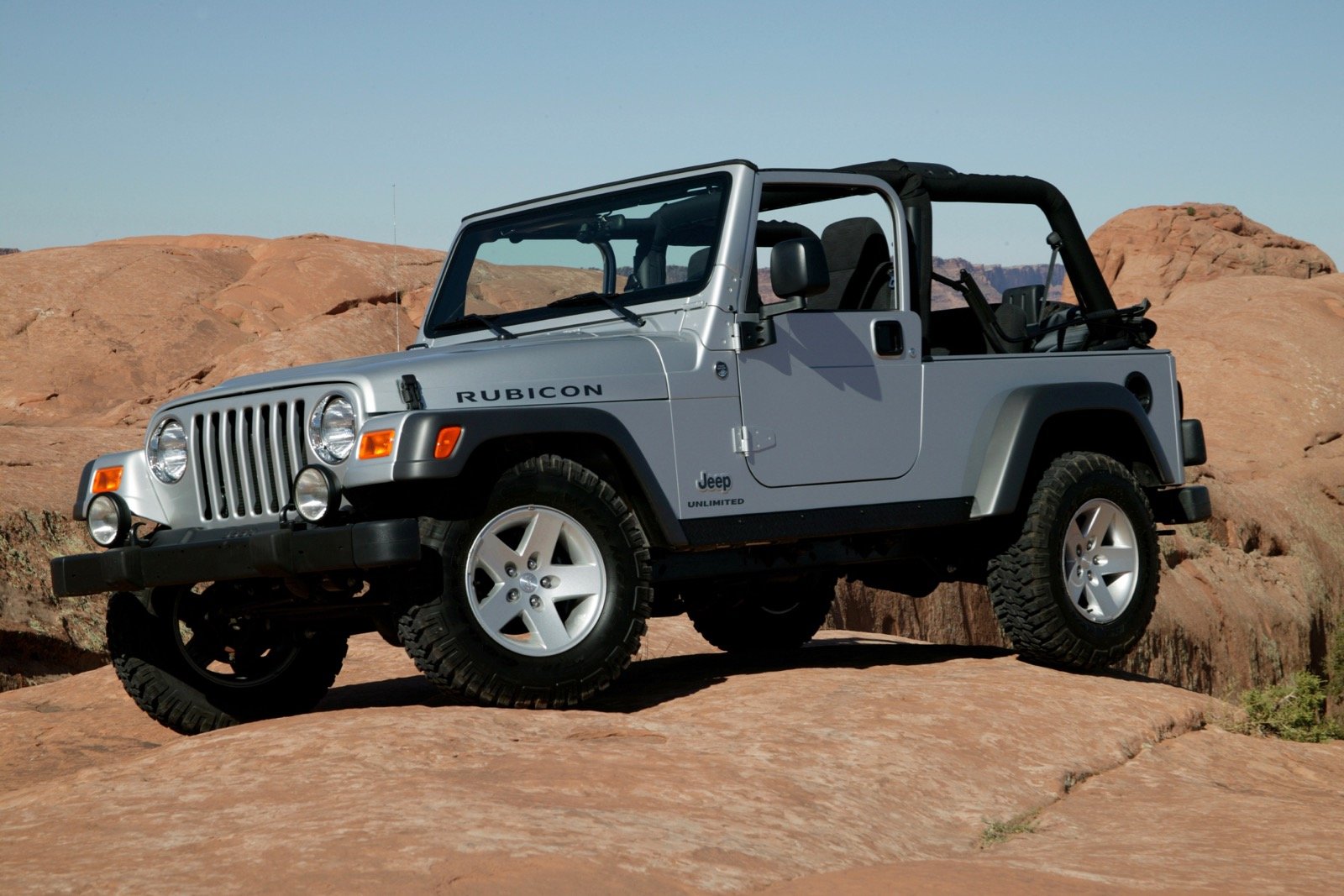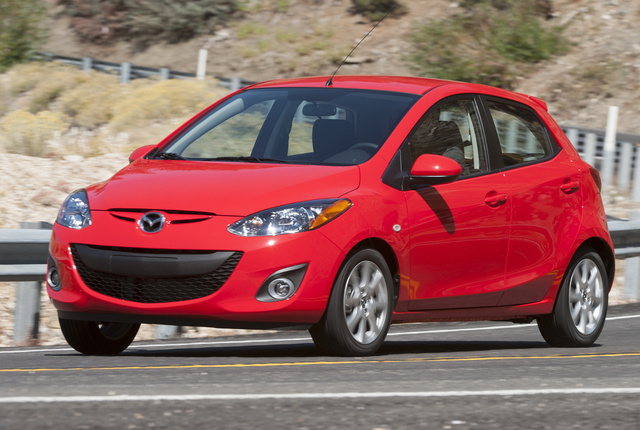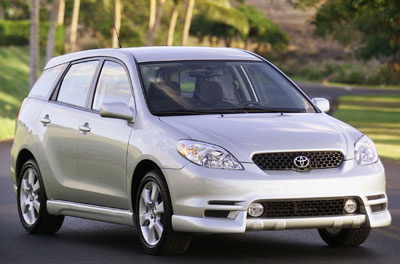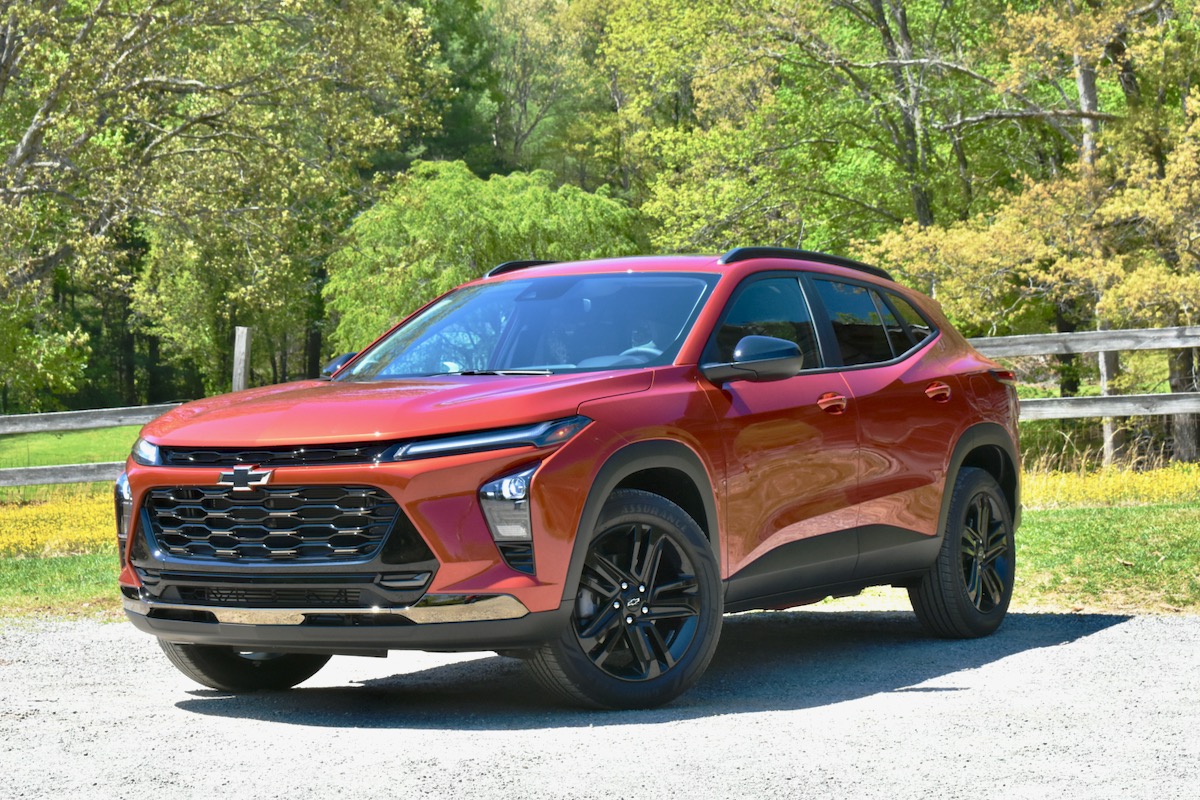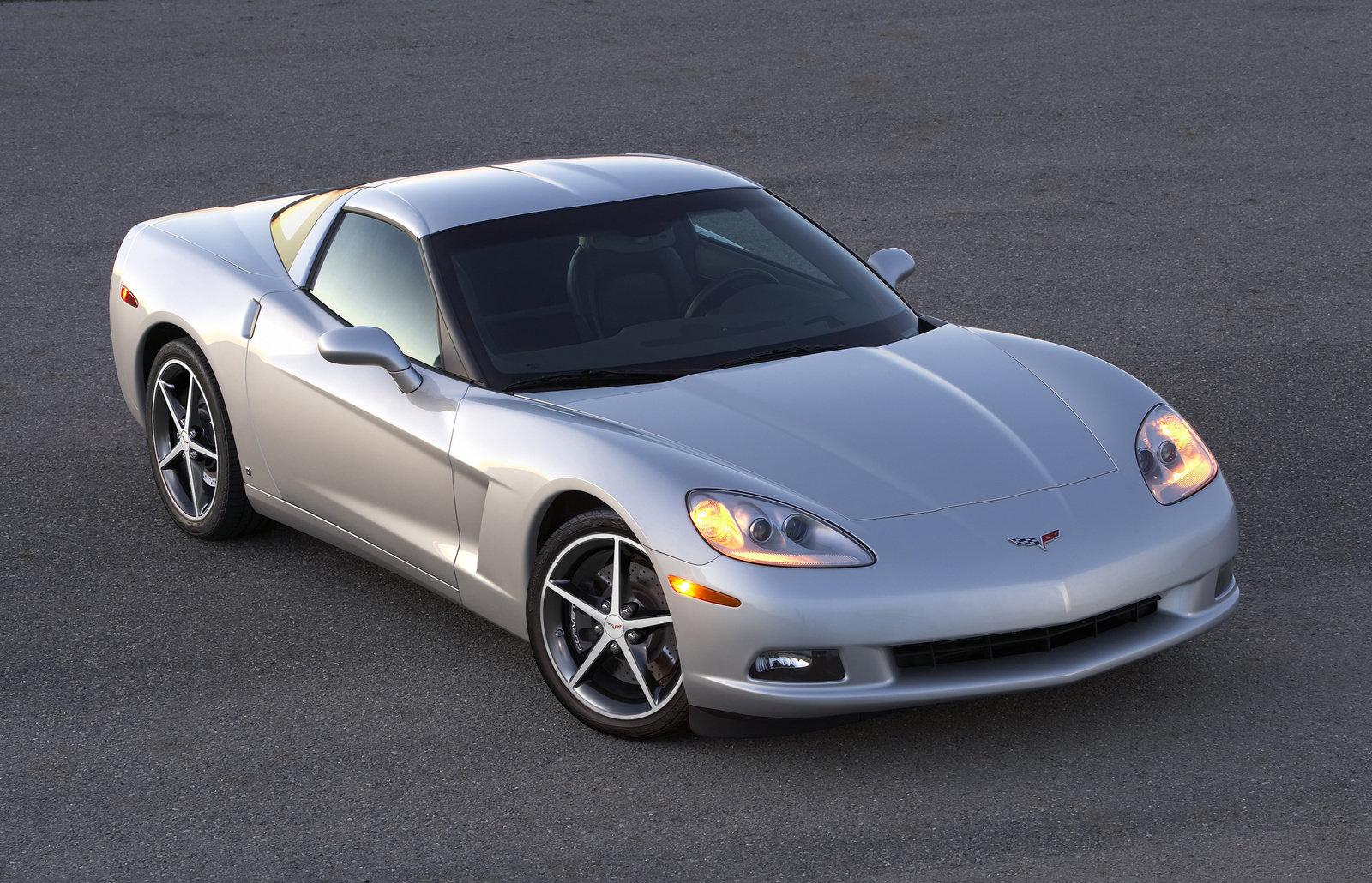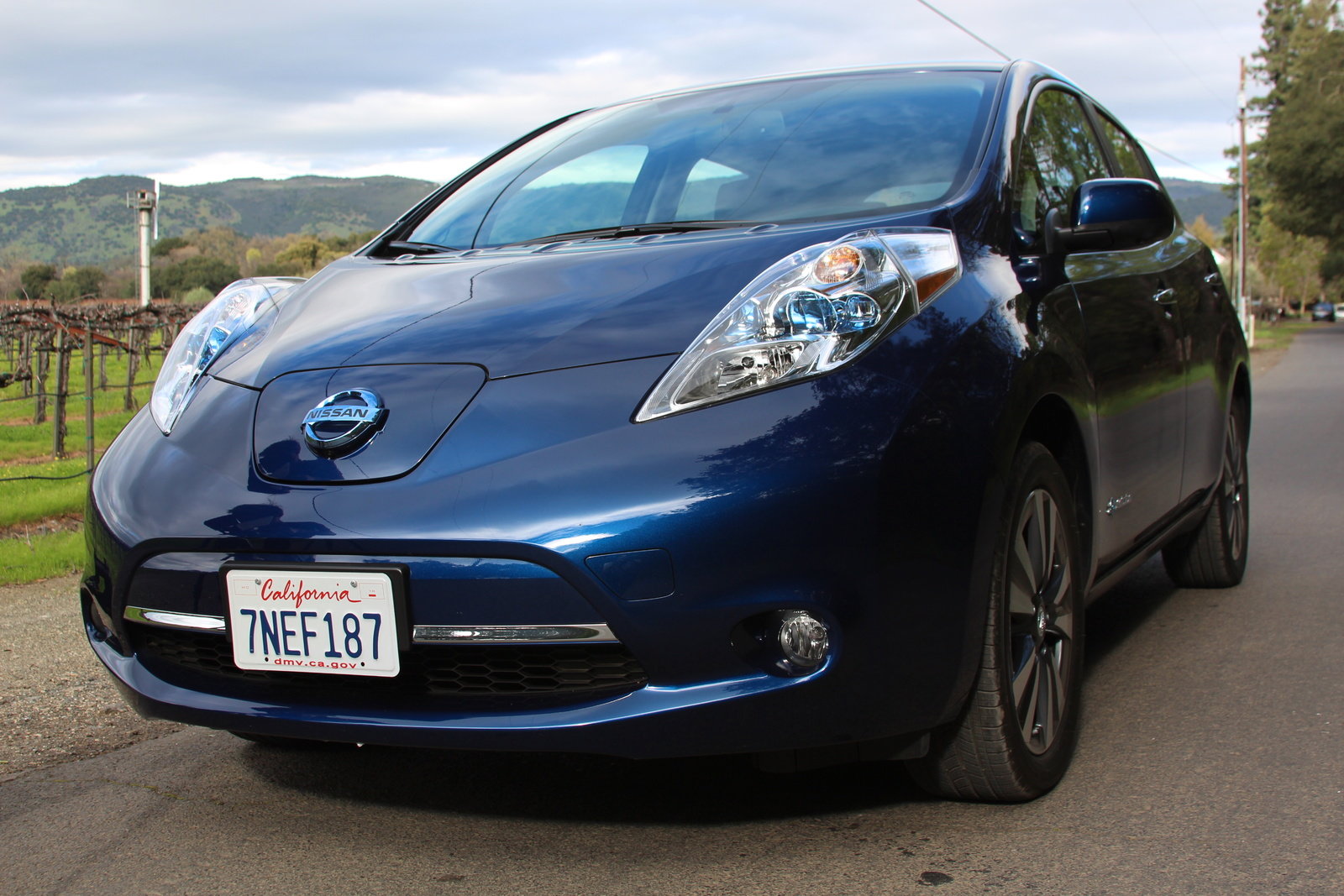These days, manual-transmission cars are a rarity in the new car market. Thankfully, we’ve still got sports cars such as the Toyota GR86 and the Subaru BRZ, plus the latest Mazda MX-5 Miata, the Toyota GR Corolla, and a handful of high-end sports cars—even a manual midsize muscle car in the form of the Cadillac CT5-V Blackwing. But, sadly, the standard transmission is pretty much gone from every other corner of the automotive industry.
Whether due to automatic transmissions becoming cheap enough to build, limited interest among consumers in shifting their own gears, or automakers wanting to achieve the absolute best fuel economy possible, manuals just aren’t as common as they were 10, 20, and 30 years ago.
Thankfully, the used car market is still flush with many options, ranging from conventional sports cars to off-road-ready Japanese hatchbacks. That’s why we’ve come up with this list: to help inspire you find the best manual-transmission used vehicles. Economy cars, coupes, hatchbacks, sports cars, pickup trucks, and even off-roaders—they’re all here. No manual transmission-equipped minivans made the list, and we avoided the Chevrolet Camaro, Ford Mustang, and ancient Corvettes in favor of some thriftier options. Let’s dig into them.
The Best Vehicles Under $10,000 With a Manual Transmission in 2025
- BMW Z3
- Ford Ranger
- Honda Fit
- Jeep Wrangler
- Kia Soul
- MAZDA2
- Mazda MX-5 Miata
- MINI Cooper & Related MINI Models
- Subaru Forester
- Toyota Matrix
BMW Z3
By the standards of cheap manual cars, the BMW Z3 is an outlier. It’s from a premium brand, it’s a rear-wheel-drive (RWD) performance car, and it was a respectably luxurious one in its day. After all, this car starred in the best James Bond film of the 1990s: Goldeneye. The newest one is 23 years old in 2025, but that doesn’t mean it won’t put a smile on any driving enthusiast’s face.
The Z3 is reasonably easy on maintenance for an older European car, and it’s not hard to find lightly used, cared-for five-speed examples for less than $10,000. You won’t find any of the fastest models; sorry, M-badged examples can’t be had for this price. Luckily, even the lower-powered models are fun to drive. The most affordable model sports a 1.9-liter four-cylinder rated at 138 horsepower, followed by a 2.3-liter inline-six producing 170 hp and a 2.8-liter six that puts out roughly 190 hp. You might even luck out and find a 3.0-liter car that has has a very healthy 225 hp, which is ample for this little, Miata-sized sports car.
A roadster by default, the Z3 came with a cloth convertible top. It’s important to check the condition of the top and inspect thoroughly for rust or water damage, but the mechanical bits of the Z3 are generally hard-wearing, though repair costs can be high when things do go wrong. The styling is also an acquired taste, and don’t look for any modern driver-assist gear, stability control, infotainment, or backup cameras, as these cars predate those things. They do have 1990s-era safety systems like airbags, though, and a robust body structure. They’re fun, cheap, and easy to live with.
Ford Ranger
If you think manual cars are rare, try finding a manual-transmission pickup truck. Only the Jeep Gladiator and Toyota Tacoma still offer a manual among new trucks, and used Tacomas cost so much now that even two-decade-old examples are hard to find with manuals for $10,000. But there is one old standby that comes cheap: the previous-generation Ford Ranger. Built from 1983 to 2011, the Ranger received two really huge updates during its life, in 1993 and 1998, but it pretty much used the same basic bones for that entire period. It’s a very basic truck. It looks and feels old. On the other hand, it’s also simple, durable, and cheap.
Although you can still find Reagan-era Rangers for sale, our search didn’t reveal too many trucks older than about 1995, and most of the ones you’ll find are from the 2000s. The mid-1990s Ranger offered the 98-horsepower old “Pinto” 2.3-liter four and a pair of V6s with 140 to 160 horsepower. The five-speed manual gearbox came from Mazda, which also sold a rebadged Ranger as the B-Series from 1994 to 2010. In 1998, the Ranger saw a modest facelift and minor interior updates, and newer engines followed, including a 2.5-liter “Pinto” variation (117 hp) and a 2.3-liter Duratec (135 hp), while the V6s continued.
None of these Rangers are particularly remarkable to drive or behold, but they’re solidly reliable and not too hard to find with a manual transmission. Notably, though, only about one in five are manuals, according to our searches. That’s still a much greater percentage than other trucks. This second-generation Ranger was finally phased out in late 2011. A new Ranger debuted in 2018, but it does not offer a manual.
Honda Fit
If you’re looking for inexpensive, reliable transportation, the front-wheel-drive (FWD) Honda Fit has everything you could ever want. Its reliability record is spotless, plus it’s fun to drive, cheap to buy, light on gas, and even has a roomy interior in spite of its small size. In short, it’s a phenomenal daily driver. Though available abroad for many years prior to coming to the US, the Fit was only sold here from 2007 to 2020. Honda still sells a new one overseas. For this price, you’ll only be able to find models from the car’s first two generations, the 2007-2008 original recipe and the second-generation 2009-2015 model.
Both make great economy cars, with low costs for maintenance, fuel (Fits get 29 to 31 mpg combined in most cases), and insurance. Each Fit has room for up to five passengers, though the back seat is best for two adults or three kids. There’s also lots of cargo room and clever folding seats that turn the cabin into a tiny approximation of a minivan.
We like the four-door Honda Civic, too, which also used to be commonly available with three pedals (the sporty Honda Civic Si still is, as is the related Acura Integra), but the Fit is nearest to our hearts for its amazing versatility.
The Fit was one of the few vehicles of its kind that offered a manual transmission, and was surprisingly fun to operate despite the relative lack of horsepower. It wasn't as weird as the Nissan Cube or the Honda Element, but it did offer just as much versatility at a very attractive price point. This Honda was also more reliable than the Cube, Kia Soul, or certain other “big box” small vehicles, with a repair record only rivaled by the Scion xB in this class. All those are great strengths, offset somewhat by the Fit's noisy and buzzy interior and its tendency to wear through tires quicker than other economy cars.
Jeep Wrangler
The Jeep Wrangler is just about the only American SUV you’re going to commonly find with a stick shift, and it's certainly more affordable than any classic or current-generation Ford Bronco. It’s possible to find a JK-era Wrangler (2006 to 2018) in this price range, but it’s tough. Your most likely candidate is going to be a TJ-era Wrangler (1996 to 2005) at this kind of price cap.
Unfortunately, pandemic-related car shortages and surging interest in off-roading have inflated Wrangler prices, even on 25-year-old models. Most of the Jeeps we found with manual transmissions were Jeep Patriots, and we’d generally advise avoiding those, as they don’t have a great repair record. We found hundreds of manual Wranglers for sale nationwide, most of which were TJs. The nice thing about them? They may be old, and their mechanical pieces may be even older, but they’re rock tough. These Wranglers at first came with the old 2.5-liter four-cylinder and 4.0-liter straight-six powertrain designed by American Motors (AMC), long before Jeep became part of Chrysler, and both engines are as reliable as death and taxes.
From 2003 to 2006, the old AMC four-cylinder gave way to a Chrysler 2.4-liter from the Dodge Neon, which wasn’t quite as durable but had much more power: 150 hp compared to the previous 120. The big thing to watch out for in a Wrangler this old is rust, and not just on the body. The frame on a Wrangler can get as thin as paper after a number of winters traveling on salty roads, so be sure to put your best candidate on a lift before you pull the trigger.
Kia Soul
The Kia Soul seems to worm its way into lots of cheap-car top-10 lists, and there’s good reason for it. Older Souls are useful and well put together, they provide a ton of space inside for hauling stuff, and above all, they’re cheap. In our searches, we found manual-transmission examples as new as the 2020 model year with fewer than 80,000 miles on the clock for $10,000. Most of the manuals you find at this price will be older, but first (2010 to 2013) and second (2014 to 2019) generation models should be fairly plentiful.
Most of the Souls we found at this price point were the base model, which sounds bad, but these vehicles were well equipped with air conditioning, power windows, power locks, and Bluetooth. Kia prioritized manual transmissions at the low end of the lineup, so it’s much easier to find one of the base models with a stick than it is to find higher trim levels, which helps availability as cheap used models. With 1.6 and 2.0-liter engines ranging from 108 to 142 hp, none are particularly fast except for the rare late-model turbocharged version that put out 201 hp. But speed isn’t really the point of the Soul.
It’s a practical box on wheels that pretty much conquered its niche against players from more established brands, namely the Nissan Cube and Scion (née Toyota) xB, both of which were long ago discontinued while the Soul kept selling really well. The xB offers much of the Soul’s charms with a better reliability record, but it’s harder to find with a manual transmission.
If it’s practical transport you’re after, then it’s also worth considering used manual versions of the Volkswagen Jetta and the Hyundai Elantra, both of which can be found at this price point.
Mazda MAZDA2
The lovable MAZDA2 is the plucky, five-door hatchback that could: Aficionados of the chassis often refer to it as a front-wheel-drive Miata due to its lively driving experience. Because it's so entertaining behind the wheel, there’s a higher preponderance of manual transmission models than in some alternatives like the Toyota Yaris, Honda Fit, or Nissan Versa. Surprisingly, the latter is still available as new with a manual transmission, but it’s not nearly as fun to drive as the 2 was.
For $10,000, you have all the options available. The nicest Touring trim is the way to go, as it features attractive alloy wheels, fog lights, and cruise control. Though, if you’re after a more value-minded, barebones setup, the less-equipped Sport gets the job done with a good stereo system, an AUX and USB plug, and air conditioning. No matter which you choose, the Mazda2's teeny naturally aspirated 1.5-liter four-cylinder produces 100 hp and 98 lb-ft of torque. That may not sound like much, but between the manual transmission’s shorter gearing and the car’s overall 2,300-lb curb weight, it gets off the line surprisingly well.
It's a fun car to whip around, with responsive steering, decent suspension damping, and the endearing little four-pot. Not only that, but there’s a decent aftermarket for suspension, brake, and tire modifications, so it’s easy to make one into a little track monster. If you need a little more space, then the larger Mazda3 is also available with a manual transmission and well worth a look.
Mazda MX-5 Miata
The undisputed champion of offering a manual transmission, the Miata is all you could ever possibly want in a sporty car, so long as you’re under six-foot-two and never have to transport anything larger than a couple of grocery bags. Sure, you can probably knock yourself out trying to find a Porsche Boxster or a Subaru BRZ, but why bother when you can find a Miata in your sleep? Plus, a $10,000 Boxster could quickly turn into a money pit if it hasn’t been properly taken care of.
For our $10,000 price cap, there are solid Miata examples of the NA, NB, and NC generation out there. Sadly, the current and very beautiful ND iteration hasn’t quite come down to this price level yet. The first-generation Miatas are classic vehicles now and starting to climb in value. The second-generation “NB” models–the ones that eliminated the pop-up headlamps–are probably the best cars in terms of value, since they have everything that the earliest cars did but likely fewer miles on the odometer. You could also get a six-speed manual transmission with some trims.
People who hang on every word that car magazines write tended not to like the third-generation NC cars from 2006 to 2015 because they were heavier and slightly more luxurious, plus they were the first to offer an optional power retractable hardtop. The truth is, NCs are excellent cars, and their owners benefit from better reliability and fewer worries about rust. As with the Z3, many Miatas tend to be well cared for and cherished by their owners, which works out well for used car buyers.
MINI Cooper & Related MINI models
The Volkswagen Golf and Volkswagen GTI have long been the choice of hot-hatch buyers, but they just aren’t around as much as they used to be, and when they are, they tend to feature an automatic. There’s a lot more inventory from MINI, which has always stood firmly behind manual transmissions and driver enjoyment. For $10,000, it’s possible to find good-condition Coopers as new as the 2015 model year, which means first (2002), second (2007), and third-generation (2014) models are all fair game.
The first-generation cars are the smallest and arguably the most characterful, but in all cases you’ll find an array of colors and trim combinations as vast as a Pantone book. There are also different body styles including convertibles, long-wheelbase Clubman wagons, and the short-lived two-seat coupe and roadster versions. Most are powered by high-winding, zippy 1.6-liter four-cylinders but some have even larger engines, like the third-generation models and their 2.0-liter BMW-related fours. Fun is baked into the recipe as the MINI is light and lithe just like its classic ancestor, but each generation has been a little heavier than the last.
While the MINI is lots of fun and easy to find with a manual, there are some caveats. MINIs, especially early ones, don’t have a great reliability record, and the complexity of their systems can make some repairs very expensive. Expect fun, but don’t expect a Honda.
Subaru Forester
The Subaru Forester has been the Japanese automaker’s compact crossover mainstay since 1997, and it’s a practical, rugged machine that Subaru’s outdoorsy superfans love for good reason. The Forester is CVT-only now, but throughout much of its history, Subaru offered it with a manual. And given Subaru buyers tend to choose manuals more often than customers who saddle up with Honda CR-Vs and Toyota RAV4s, it’s a little easier to find Foresters with five-speeds. For $10,000, you won’t find any examples newer than about 2016, but you can pick up models from any of the Forester’s first four generations (introduced in 1998, 2003, 2009, and 2014).
There are four generations but three basic vehicles, as the second-gen Forester was a heavily updated version of the first. Those first two were based on the Impreza and were more like tall station wagons than proper crossover SUVs. In 2009, the Forester was redesigned into a more conventional (and attractive) SUV. After that, it soared in popularity, particularly after its boxy redesign in 2014. All were powered by Subaru’s many horizontally opposed (“Flat” or “Boxer”) four-cylinder engines, almost all of them 2.5-liter units. These engines were torquey and powerful, but they tended to be noisier than conventional fours, worse on gas, and at higher mileages they had an appetite for head gaskets.
Still, all Foresters got Subaru’s highly capable all-wheel drive (AWD) system, even manuals, and all models could conquer gravel roads and light Forest trails with relative ease. Inside, they were roughly comparable to CR-Vs and RAV4s in terms of passenger and cargo space, and most Foresters got high marks for safety even from the very earliest versions. A rare high-performance STi model was offered in the mid-2000s, with 265 hp (far more than the normal engines), and if it’s performance you’re after, then the latest Subaru WRX (the successor to the Subaru Impreza WRX, itself readily available used) is still available with a six-speed manual transmission.
Toyota Matrix
Out of all the cars we researched, the one that showed up the most in the low end of the price spectrum was the Toyota Matrix. The Matrix is essentially a Toyota Corolla station wagon from the era just before small crossovers came to dominate American roads. It had a fairly lengthy run between 2003 and 2013, but it never sold in huge volume. That’s too bad, because they offered almost everything you could get out of a compact crossover, but with a more car-like ride and a stellar reliability record.
A version of this car was also marketed as the Pontiac Vibe, but each had their own advantages. The Vibe was the sportier of the pair, with far more extroverted styling, but underneath the surface they were close siblings. Both offered the same series of 1.8-liter four-cylinder engines ranging from 123 to 180 hp, and front- or all-wheel drive (FWD or AWD). Though more exciting to look at than to drive, they were capable handlers and very practical, with roomy and comfortable interiors and plenty of cargo space.
Both cars got a second generation introduced for the 2009 model year, but the Pontiac didn’t last as long owing to GM’s decision to axe that brand at the end of 2010. In that generation a base 1.8-liter four-cylinder (132 hp) continued, joined by an optional 2.4-liter unit shared with the RAV4 (158 hp). These second-generation cars are slightly less reliable, but it’s a high bar. Both the Matrix and the Vibe were high quality machines built at GM’s NUMMI factory, which today turns out Teslas. They’re both great deals.

